July 21, 2016
Offices not yet smart enough to support new ways of working 0
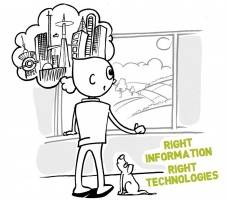 Employees believe their workplace is not making best use of latest technology, but expect this to improve as remote work begins to provide both quality of life and productivity benefits. In the latest Future Workforce Survey conducted by Dell and Intel, nearly half of global employees believe their current workplace is not smart enough, while 42 percent of millennial employees say they are willing to quit their job if technologies are not up to their standard. The research suggest that the addition of collaborative tools and innovations such as internet of things (IoT) and Virtual Reality (VR) will soon become vital to the workplace. According to the poll of nearly 4,000 full-time employees in ten countries, over half (57 percent) believe they will be working in a smart office within the next five years, while 51 percent believe that better technologies will make face-to-face meetings redundant within the next five years.
Employees believe their workplace is not making best use of latest technology, but expect this to improve as remote work begins to provide both quality of life and productivity benefits. In the latest Future Workforce Survey conducted by Dell and Intel, nearly half of global employees believe their current workplace is not smart enough, while 42 percent of millennial employees say they are willing to quit their job if technologies are not up to their standard. The research suggest that the addition of collaborative tools and innovations such as internet of things (IoT) and Virtual Reality (VR) will soon become vital to the workplace. According to the poll of nearly 4,000 full-time employees in ten countries, over half (57 percent) believe they will be working in a smart office within the next five years, while 51 percent believe that better technologies will make face-to-face meetings redundant within the next five years.





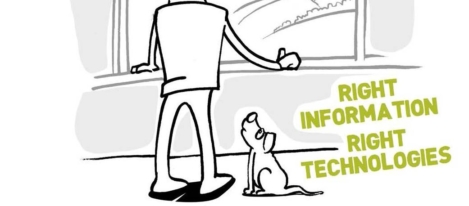
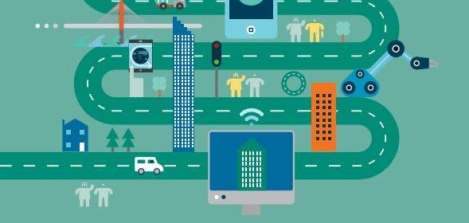
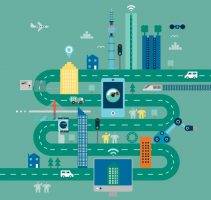 Global law firm Osborne Clarke has released its fourth
Global law firm Osborne Clarke has released its fourth 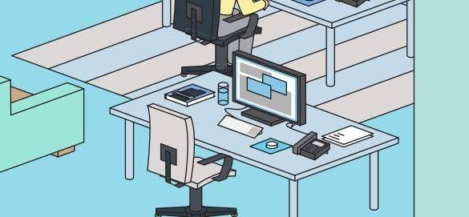
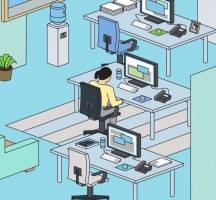 Gensler has announced the results of its Workplace Survey 2016 for both
Gensler has announced the results of its Workplace Survey 2016 for both 
 A coalition of twenty major European telecommunications firms has come together to drive the rapid creation of a continent wide 5G network and warn national Governments and the EU of the dangers of over-regulation. The seven page document entitled the
A coalition of twenty major European telecommunications firms has come together to drive the rapid creation of a continent wide 5G network and warn national Governments and the EU of the dangers of over-regulation. The seven page document entitled the 


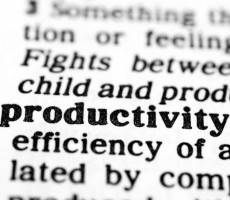


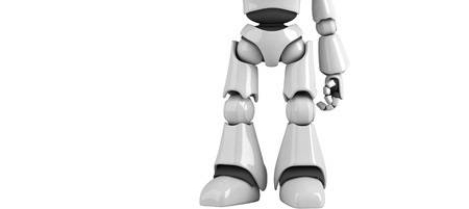
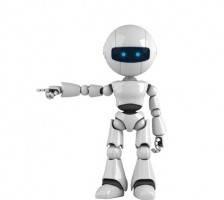


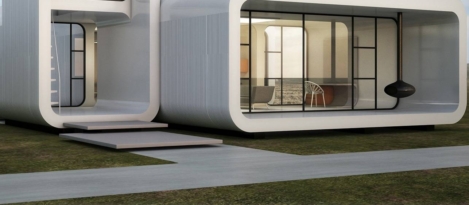
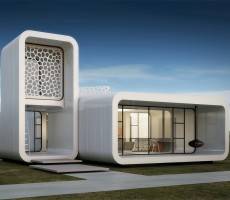










July 13, 2016
World FM Day and the workplace design and management elephant
by Mark Eltringham • Comment, Events, Facilities management
(more…)